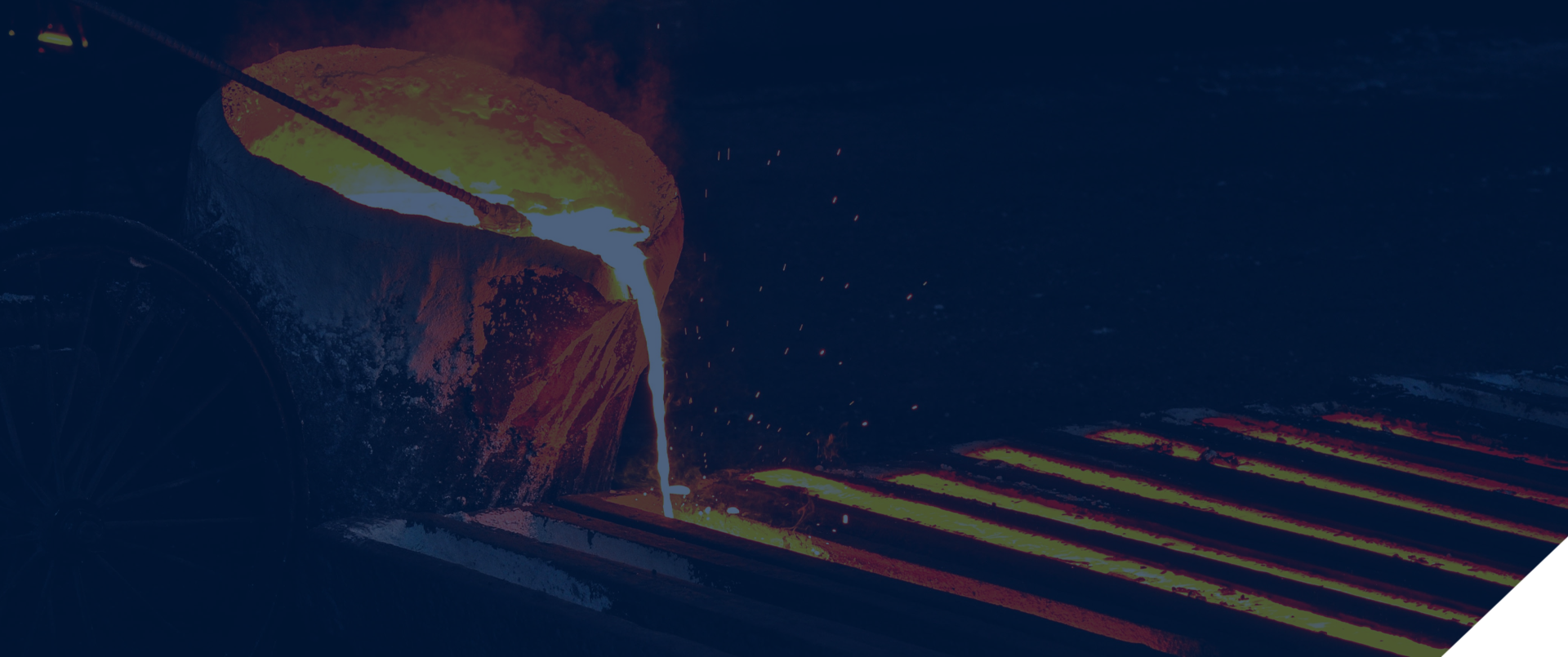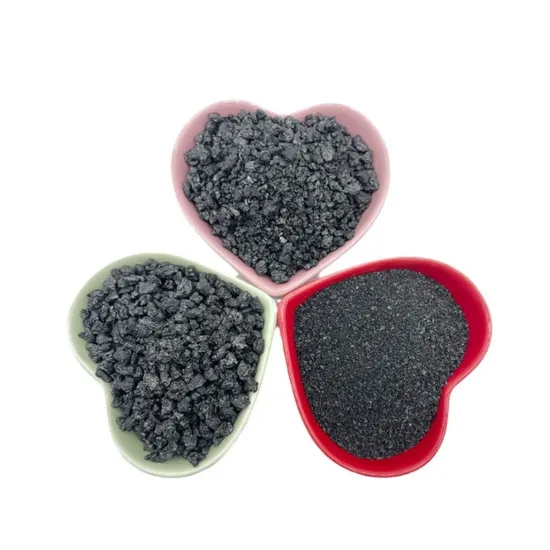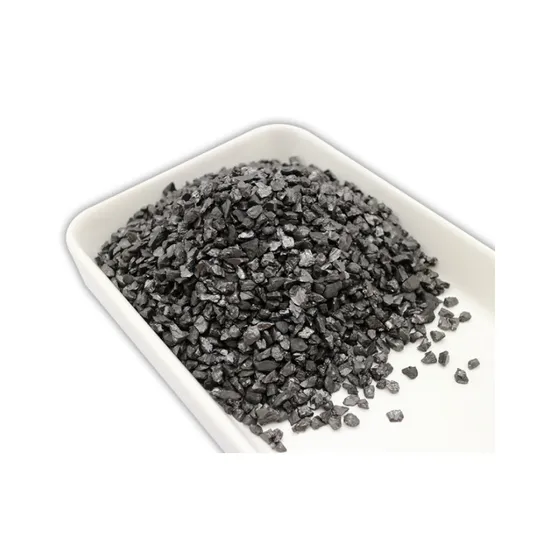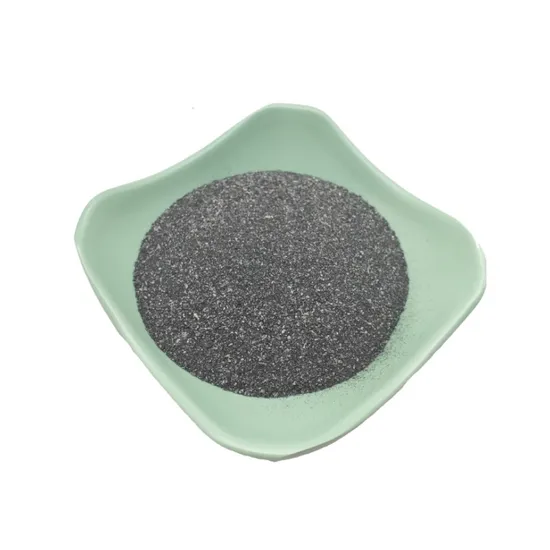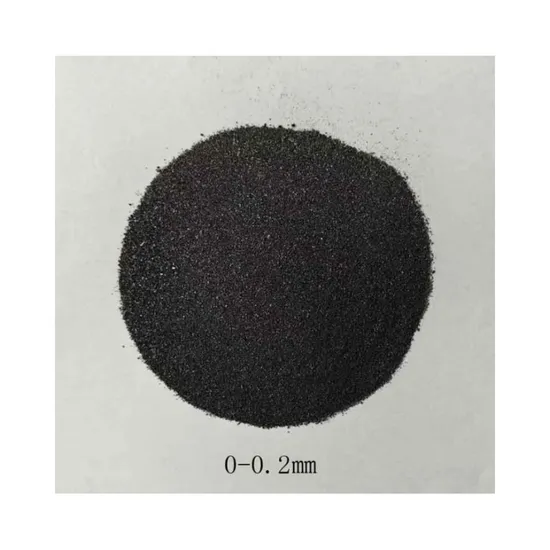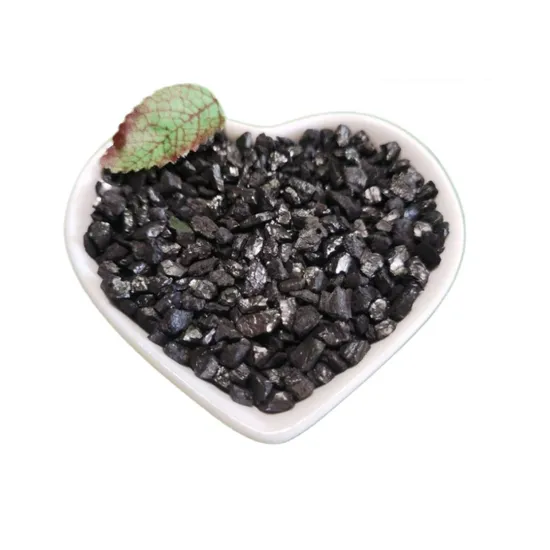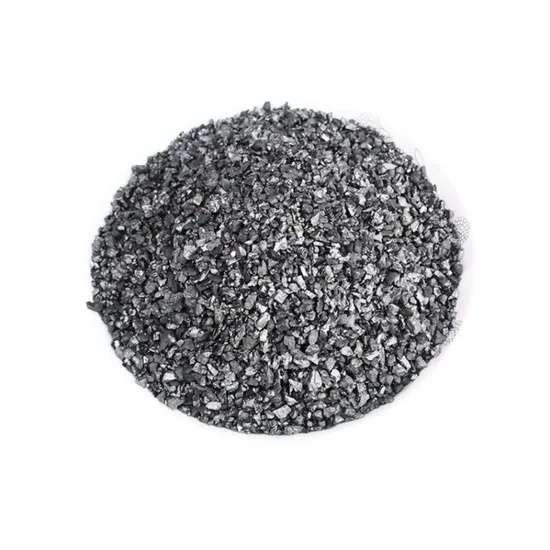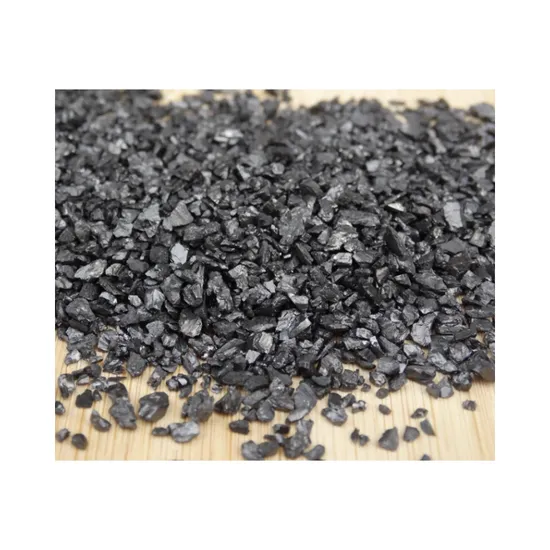- Englist


A carburizing agent is a chemical substance used in the carburizing process, which involves the addition of carbon to the surface of steel or other metals to improve hardness and wear resistance. Typically composed of carbon-rich materials such as charcoal, carbon black, or specific organic compounds, carburizing agents are applied during heat treatment at high temperatures. The agent releases carbon atoms that diffuse into the surface of the metal, creating a hardened outer layer while maintaining a softer core for toughness.
Carburizing agents are widely used in the manufacturing of components like gears, shafts, and bearings, where enhanced surface hardness is crucial for performance. They also help improve fatigue resistance and extend the lifespan of metal parts. The effectiveness of a carburizing agent depends on factors such as temperature, time, and the specific composition of the agent used.
What Are The Agents Of Carburizing?
1. Solid Carburizing Agents
Solid carburizing agents consist of carbon-rich materials that are used in a solid state during the carburizing process. These materials are typically applied in a furnace where the steel is heated in the presence of the carburizing agent. Common solid carburizing agents include:
-
Charcoal: Historically one of the most common agents, charcoal is made of carbon and provides a carbon-rich environment for carburizing.
-
Barium Carbonate (BaCO₃): Often used in industrial carburizing to promote the release of carbon during heating.
-
Coke: A form of carbon derived from coal, coke is used in solid carburizing to introduce carbon into the metal surface.
2. Liquid Carburizing Agents
In liquid carburizing, the workpieces are immersed in a molten bath containing carbon-based compounds. This method allows for better control over carbon content and the depth of carburization. Common liquid carburizing agents include:
-
Molten Cyanide: A mixture of sodium cyanide or potassium cyanide with other salts. It provides an effective way to introduce carbon and achieve deeper carburization at lower temperatures.
-
Carbonates and Nitrates: These chemicals are often used in molten salt carburizing processes. When heated, they release carbon atoms into the steel, enhancing the hardness of the surface layer.
3. Gas Carburizing Agents
Gas carburizing is the most commonly used method for carburizing today, where a carbon-rich gas is introduced into a controlled environment at elevated temperatures. Some typical gas carburizing agents include:
-
Methane (CH₄): A common carbon source used in gas carburizing, methane breaks down into carbon and hydrogen at high temperatures, allowing carbon to diffuse into the surface of the workpiece.
-
Propane (C₃H₈): Similar to methane, propane is used in gas carburizing for producing carbon in the furnace.
-
Cyanide Gas (HCN): Hydrogen cyanide gas is used in some high-efficiency gas carburizing processes for its ability to introduce carbon quickly.
4. Pack Carburizing Agents
In pack carburizing, the workpieces are packed in a box with a carbon-rich powder that surrounds the material. Common pack carburizing agents include:
-
Carbon Black: A fine powder composed of carbon particles, often used in pack carburizing processes.
-
Coke or Charcoal Powder: These materials are placed around the metal parts in a sealed container to create a carbon-rich environment when heated.
What Is A Carburizing Flame Used For?
A carburizing flame is used in metalworking, specifically in flame hardening and carburizing processes. It is a reducing flame, meaning it has an excess of carbon relative to oxygen. This type of flame is typically produced by using an oxyacetylene torch with a fuel-to-oxygen ratio that creates a carburizing atmosphere.
The carburizing flame is used to introduce carbon into the surface layer of steel or iron, which enhances its hardness and wear resistance. This process is called carburizing, and it is commonly used to harden gears, shafts, and other components that require a tough surface while maintaining a ductile core. The carburizing flame ensures controlled carbon diffusion into the metal, improving its mechanical properties.
